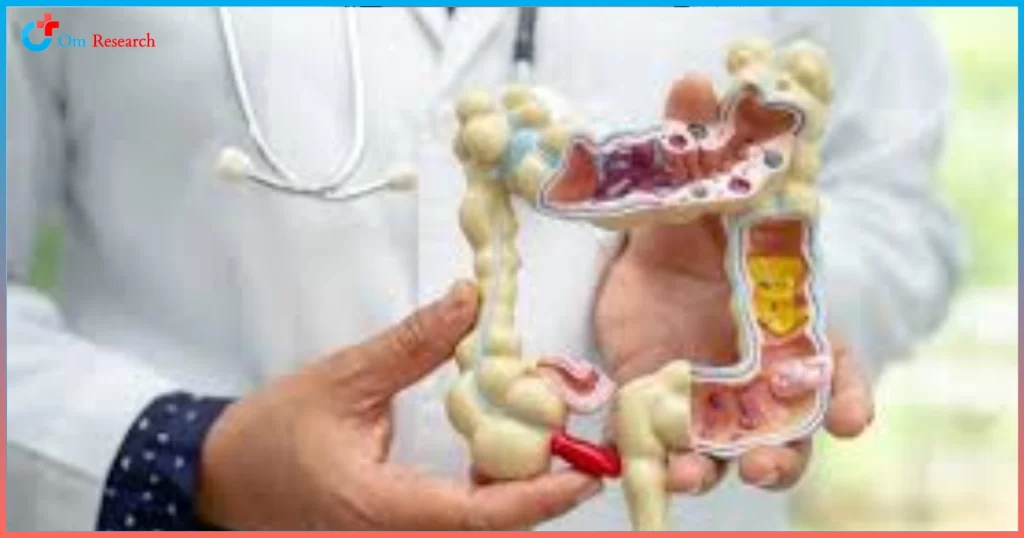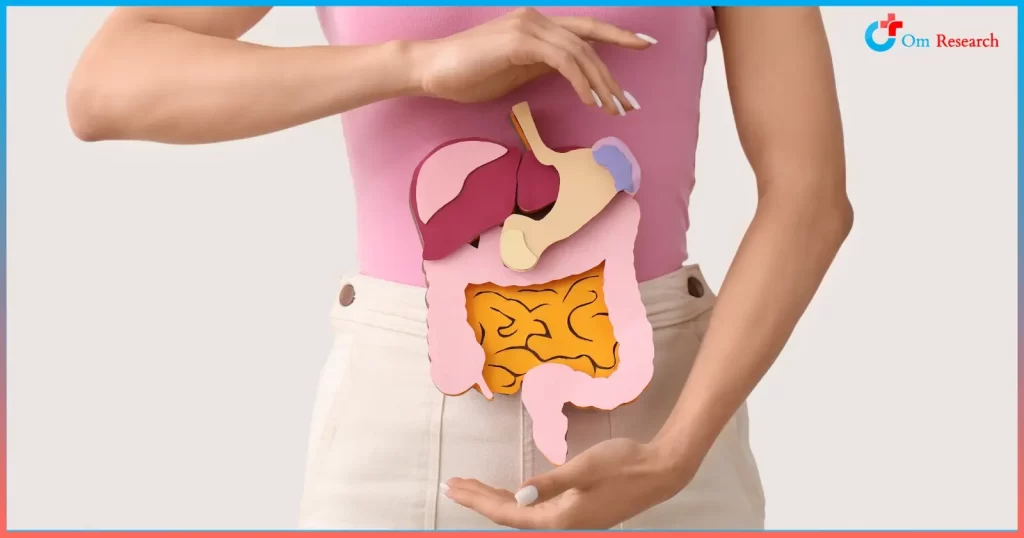Introduction
Imagine living with a silent foe within, a liver condition known as NASH (Nonalcoholic Steatohepatitis). As a NASH patient, your journey may be filled with questions and uncertainties.
The good news is that you’re not alone, and there is hope on the horizon through clinical trials. In this article, we, along with our clinical trial experts at Om Research, will take you through the details of NASH liver disease, its causes, symptoms, risk factors, and the promising NASH clinical trials that could change lives.
Understanding NASH Liver Disease
NASH liver disease is a complex condition that affects millions of people worldwide. Unlike its cousin, nonalcoholic fatty liver disease (NAFLD), NASH involves inflammation and liver cell damage. Here’s what you need to know:
Definition of NASH Liver Disease:
NASH stands for Nonalcoholic Steatohepatitis. It’s a progressive form of NAFLD characterized by liver inflammation and damage.
Causes of NASH:
While the exact reason is not entirely apparent, risk factors like obesity, type 2 diabetes, high blood pressure, high cholesterol, and high triglycerides.
Distinguishing NASH from NAFLD:
NASH is a more severe cousin of NAFLD. While NAFLD involves fat buildup in the liver, NASH takes it a step further with inflammation and liver cell damage.
Symptoms of NASH Liver Disease
Living with NASH can be challenging, and recognizing its symptoms is crucial for early intervention. Some common symptoms include:
Fatigue:
Feeling unusually tired could be a sign of NASH.
Abdominal Pain:
Discomfort or pain in the upper right part of your abdomen.
Jaundice:
Yellowing of the skin or eyes may indicate liver problems.
Risk Factors for NASH
Understanding the risk factors associated with NASH is essential to manage and prevent the condition.
Obesity:
Being overweight is a significant risk factor.
Diabetes:
People with diabetes are more prone to developing NASH.
High Cholesterol:
Elevated cholesterol levels can contribute to NASH.
Metabolic Syndrome:
This cluster of conditions, including high blood pressure, increases NASH risk.
NASH Liver Disease Clinical Trials
Clinical trials are at the forefront of finding effective treatments for NASH liver disease.
What Are Clinical Trials?
Clinical trials are research studies that test new treatments or interventions for diseases like NASH.
Role of Clinical Trial Specialists
Experts like clinical trials experts play a vital role in designing, conducting, and analyzing clinical trials to ensure their success.
NASH Clinical Trials: Current Landscape
Let’s explore the exciting developments in NASH clinical trials:
Promising Developments:
Clinical trials are uncovering new treatments that offer hope to NASH patients.
Potential Treatments:
These trials are testing medications and therapies aimed at improving liver health.
Benefits of Participating in Om Research Clinical Trials
You might wonder why you should consider participating in a clinical trial. Here’s why you should:
Access to Cutting-Edge Treatments:
Clinical trials often provide access to treatments not yet available to the general public.
Contributing to Medical Advancement:
Your participation can contribute to a better understanding of NASH and benefit future generations.
How to Participate in NASH Clinical Trials
Ready to take action? Here’s a step-by-step guide:
Consult Healthcare Professionals:
Start by discussing clinical trial options with your healthcare provider.
Research Trials:
Explore ongoing NASH clinical trials and their eligibility criteria at Om Research.
FAQ Section
What are the different stages of NASH liver disease?
NASH liver disease progresses through various stages, from simple fatty liver to advanced fibrosis, impacting the liver’s health.
Can nonalcoholic fatty liver disease (NAFLD) progress to NASH?
Yes, NAFLD can indeed progress to NASH if left untreated or unmanaged.
What are the risks and side effects of participating in clinical trials?
While clinical trials have potential risks, strict protocols are in place to safeguard participants’ well-being.
Are there any age restrictions for clinical trial participation?
Age requirements vary by trial, so discuss eligibility with our Om Research study coordinators.
Conclusion
In the face of NASH liver disease, hope shines bright through clinical trials. Remember, you have the power to be a part of groundbreaking research that could change the future of NASH treatment.
Apply for Om Research clinical trials today and take the first step towards a healthier tomorrow.



